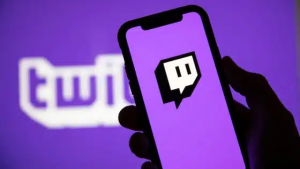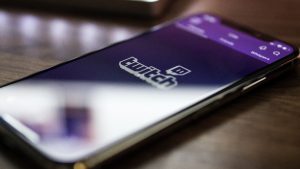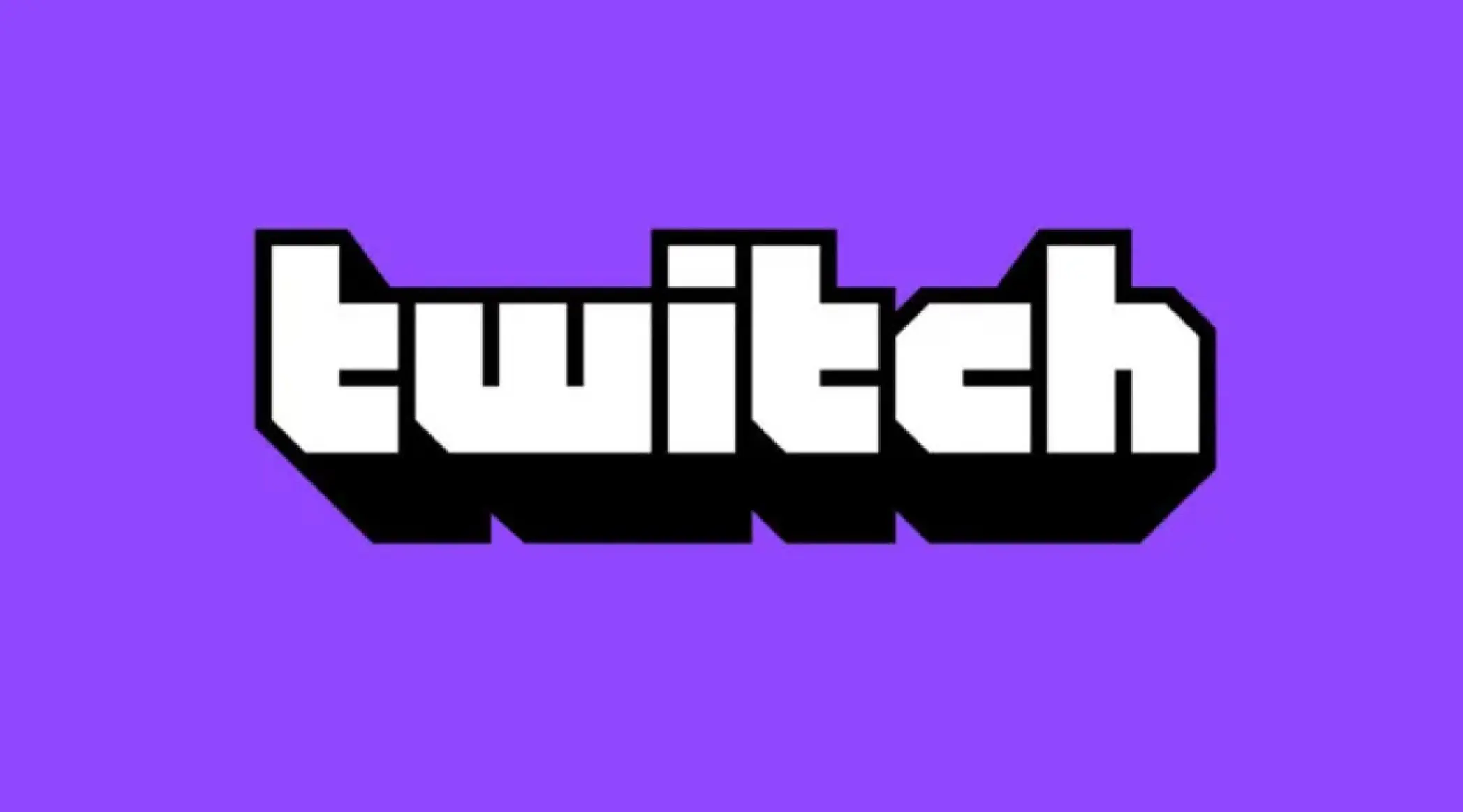Twitch is a popular live-streaming platform that has collected immense popularity among gamers, content creators, and viewers alike. It provides a platform for people to broadcast their live gameplay, share their creative endeavors, and engage with a dedicated community of fans. Twitch has recently unfolded its intention to introduce fresh branded content guidelines, but the response from the streaming community has been far from positive. To bring you up to date, let’s explore the specifics of the proposed alterations and recap the backlash.
Sponsored streams play a crucial role in generating revenue for content creators, serving as a significant source of income alongside subscriptions and donations. Whether it’s aspiring streamers striving to make a living or well-settled partners, earning huge profits, sponsors are of great value. Therefore, when modifications are brought up regarding sponsored streams, the effects reverberate throughout the entire platform. On June 6, Twitch unveiled its latest updates outlining the criteria for acceptable branded content, sparkling widespread reactions, and implications for the streaming community.

Credits: ESTNN
Also read-Kai Cenat Now Has The Most Subscribers On Twitch
A massive burst of negative consequences quickly followed the announcement of significant policy changes and additional limitations, as people reacted strongly to the news. To bring you on the current page, we have explained below everything for you.
Twitch’s recently introduced guidelines explained
As defined by Twitch itself, branded content refers to “any content created by streamers that showcase products or services in exchange for compensation”. In simple terms, any streamer who receives payment to promote something falls within this category. This includes various activities such as playing a recently launched game, consuming certain sponsored drinks, or talking about clothing brands for promotions. Essentially, any content where compensation is involved for endorsing a product or service can be classified as branded content.

Credits: Dexerto
Also read-The Walking Dead Movie – Andrew Lincoln Reveals When The Production Begins!
It is important to highlight that Twitch, the streaming platform owned by Amazon, holds the ultimate authority. A portion of the new policy explicitly says, ‘We acknowledge the streamers wish to collaborate with brands, but as stated in the Terms of Service we retain the exclusive right to sell, serve, and display advertisements on Twitch Services.’
Consequently, Twitch aims to tighten its grip on how branded content is showcased on the platform. This entails imposing restrictions that prohibit certain types of branded content while introducing stricter guidelines to ensure a more regulated presentation of permissible branded content.
Things allowed under the new Twitch guidelines
Sponsored streams on Twitchcan still feature products and services that are considered safe, and not harmful. However, there are changes to how content creators can incorporate them.
Here are the remaining permitted forms of branded content on Twitch: Brande panel on the Channel Page, showcasing products in the stream background, Including links to external websites promoting various products, discussing/endorsing/unboxing products or services, and playing endorsed games.

Credits: Hindustan Times
Also read-The Walking Dead Movie – Andrew Lincoln Reveals When The Production Begins!
What all in not included in the newly introduced guidelines of Twitch?
In the future, if these new guidelines remained unchanged, streamers will experience a significant reduction in the freedom they previously enjoyed regarding branded content. These changes encompass, various aspects, including precise requirements such as the size of the sponsored logos displayed on streams, as well as broader restrictions like the prohibition of banner ads or pre-recorded video ads on Twitch. Understanding and adapting to these modifications may require careful consideration and comprehension.
Here is a look at what’s not allowed anymore in the updated Twitch guidelines. On-stream brand logos are restricted to a maximum size of 3% of screen size. Streamers are not allowed to insert video ads directly into their stream. Streamers are prohibited to insert display or banner ads into their streams. Lastly, streams will not be allowed to insert audio ads inside their stream directly.
Given these major changes in the guidelines, an impact can be seen from small content creators to well-established ones.


